Service Details
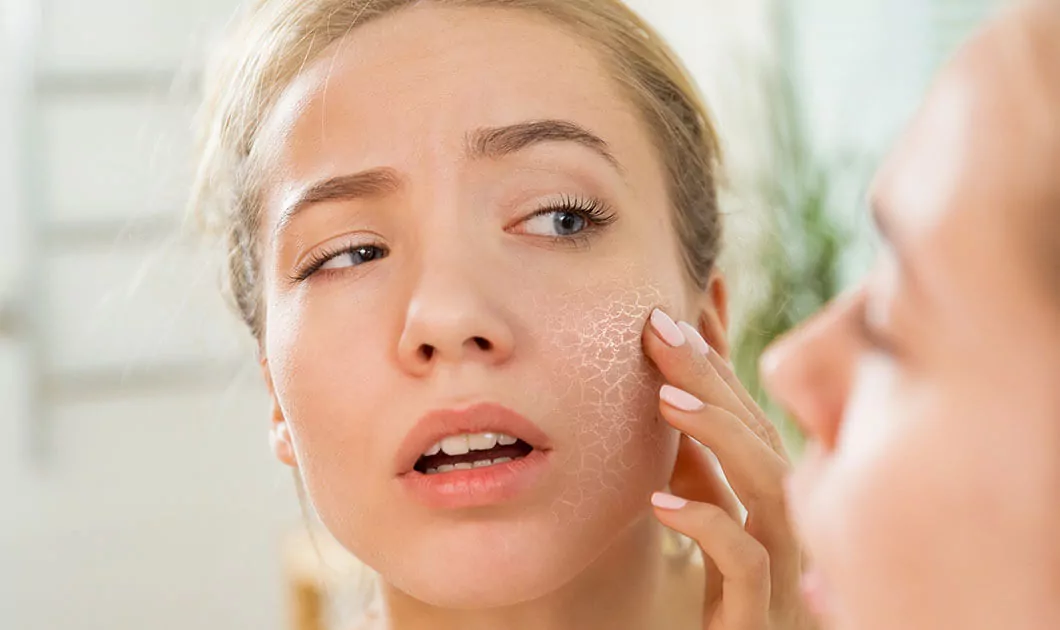
skin biopsy
A skin biopsy is a procedure to remove cells from the surface of your body so that they can be tested in a lab. A skin biopsy is used most often to diagnose skin conditions.
Skin biopsy procedures include:- Shave biopsy - A tool like a razor is used to scrape the surface of your skin. It gathers a cell sample from the top layers of the skin. These layers are called the epidermis and the dermis. Stitches usually aren't needed after this procedure.
- Punch biopsy - A round-tipped cutting tool is used to remove a small core of skin, including deeper layers. The sample might include tissue from layers called the epidermis, the dermis and the top layer of fat under the skin. You may need stitches to close the wound.
- Excisional biopsy - A scalpel is used to remove an entire lump or an area of irregular skin. The sample of removed tissue might include a border of healthy skin and your skin's deeper layers. You may need stitches to close the wound.
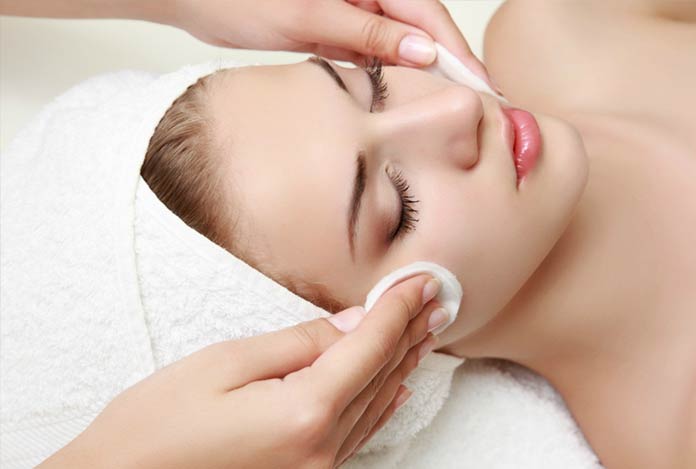
skin polishing
Skin polishing is a procedure for removing skin imperfections and blemishes, typically done in dermatology clinics. Skin polishing is still relatively new, developed in the early 2000s. Even though it is a newer procedure, it has proven to be quite effective in correcting all skin imperfections virtually. This is an amazing option for repairing skin damage.
What is The Procedure for Skin Polishing?- This therapy involves polishing the skin with gentle, circular strokes with a portable microdermabrasion instrument. As a result, the skin is smoother and more refined, with fewer wrinkles, blackheads, and scars. This procedure makes your skin appear naturally younger and more beautiful.
- This skin treatment promotes skin cell renewal, restoring lost elasticity and brightness. Furthermore, this procedure increases collagen formation in the skin, resulting in smaller pores and increased skin firmness.
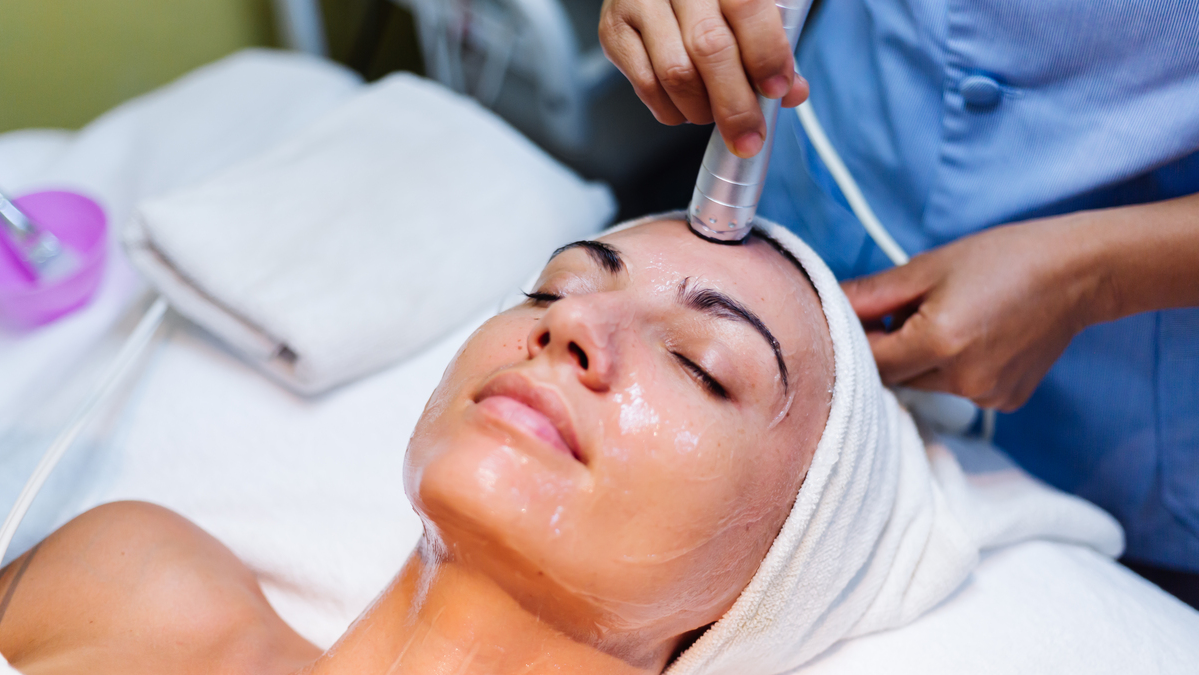
Chemical peeling
A chemical peel is a procedure in which a chemical solution is applied to the skin to remove the top layers. The skin that grows back is smoother. With a light or medium peel, you may need to undergo the procedure more than once to get the desired results.
What is The Procedure for chemical peel ?- A light (“lunchtime”) chemical peel provides subtle improvement over time and is often done in a series. The outermost layer of skin is removed. This choice may be best if you have fine wrinkling, acne, uneven skin coloring or dry, rough sun-damaged skin to help promote a healthy glow. Recovery from this type of peel may be within hours to a few days but with little to no down time.
- A medium chemical peel gives your skin a smooth, fresh look. The outermost layer and the upper part of your middle skin layer are removed. This choice may be best if you have uneven or moderate skin discoloring, age spots, acne scarring or fine-to-moderate wrinkles. Recovery from this type of peel may take a week or more and require some down time.
- A deep chemical peel produces the most dramatic results. This chemical penetrates down to the lower middle layer of your skin. Recovery time is longer with a deep peel. This choice may be best if you have moderate lines and wrinkles, extensive sun-damaged skin, deep acne scars, blotchy skin, and/or precancerous growths called actinic keratosis. A deep chemical peel requires pretreatment for up to eight weeks. Your doctor will provide specific instructions. A deep chemical peel is a one-time only treatment if applied to your face and does have significant down time.

Laser Hair Reduction
Laser hair removal is a medical procedure that uses a concentrated beam of light (laser) to remove unwanted hair. During laser hair removal, a laser emits a light that is absorbed by the pigment (melanin) in the hair. The light energy is converted to heat, which damages the tube-shaped sacs within the skin (hair follicles) that produce hairs. This damage inhibits or delays future hair growth. Although laser hair removal effectively delays hair growth for long periods, it usually doesn't result in permanent hair removal. Multiple laser hair removal treatments are needed for initial hair removal, and maintenance treatments might be needed as well. Laser hair removal is most effective for people who have light skin and dark hair, but it can be successfully used on all skin types.
What is The Procedure for chemical peel ?- Just before the laser procedure, you may be given the option to receive topical anesthetic to help reduce any discomfort during the treatment. This is applied 20-30 minutes before the laser procedure and is recommended for more sensitive areas such as the bikini line and underarm.
- You will be typically given eye protection, and the laser equipment settings will be adjusted according to skin location, thickness and color. Lastly, a cold gel may be applied or a special cooling device will be used to protect the outer skin and minimize side effects.
- During the laser process, pulses of light will be given in the treatment area and slight discomfort may be felt. This has been described as a warm pinprick or light rubber band snapping against the skin.
- The first treatment usually causes the most sensation compared to subsequent treatments, and the laser process varies from a few minutes to an hour depending on the treatment area. Once the procedure is complete, you may be given lotion, anti-inflammatory cream or ice packs to ease any discomfort.
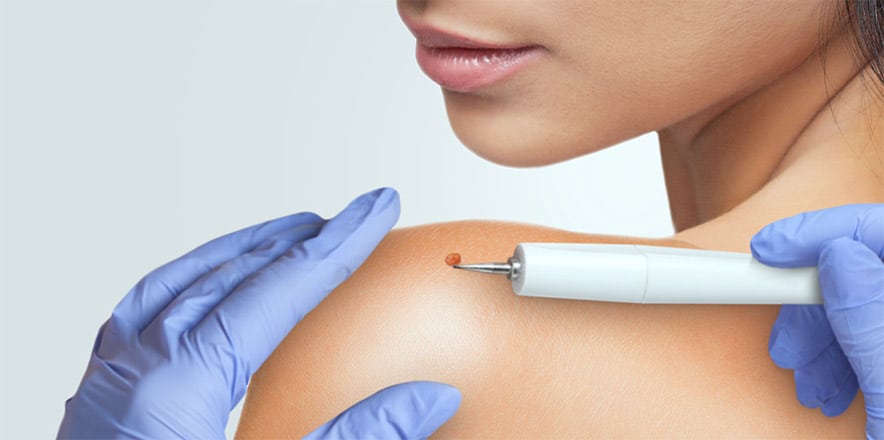
Tattoo/Mole Removal
Tattoo removal is done to remove your unwanted tattoo. There can be various reasons that you want to get rid of it. Though tattoos are permanent, it still can be removed to an extent.
Moles are growth on the skin that appears as small, brown, or black spots. It is mainly caused due to the clusters of cells. Moles can be flat or raised and can appear anywhere on the body. The moles can be removed for a variety of reasons like if it affects your appearance or causes skin irritation.
What is The Procedure for tattoo and mole removal ?-
Mole Removal Procedure
- Laser removal, surgical removal, and dermabrasion procedures are performed for tattoo
removal at NVYA Aesthetics, Vadodara. The doctor will suggest one of the procedures that
are suitable for your condition of mole. Procedures to remove moles are :
- Laser Mole Removal : In this procedure, the doctor numbs the area of the mole with a local anesthetic. Then the laser ray is applied to the mole to make the mole fume away from the layer of the skin.
- Surgical Shave : The doctor will clean the area to start the procedure. Then the area is numbed with an anesthetic. This procedure will be done by shaving the mole off the skin.
- Surgical Excision : The doctor will start the procedure by numbing the area. The doctor will use a scalpel to cut out the entire mole and the skin layer below. As this procedure is deeper than the surgical shave, the wound needs to be closed with stitches.
Tattoo Removal Procedure
- Laser removal, surgical removal, and dermabrasion procedures are performed for tattoo
removal at NVYA Aesthetics, Vadodara :
- Laser Removal : The laser breaks the colors from the tattoo with a strong and intense pulse and dissolves them. Laser treatment is considered to be more successful and cost-effective as it fades the tattoo that it becomes much less noticeable. In this procedure, the doctor will inject a local anesthetic and then apply the laser to the tattooed skin. During this procedure, the skin tends to swell or bleed. After multiple sessions, the tattoo will fade away to a greater extent. The laser treatment takes six to eight sessions to achieve better results.
- Surgical Removal : In this procedure, the doctor will numb your skin with a local anesthetic to make it a painless experience for you. After this, the tattooed skin willbe cut off with a scalpel and stitch back the remaining skin. This is the most effective procedure to completely remove the tattoo.
- Dermabrasion : In this procedure, the doctor will numb your skin with a local anesthetic and use the sanding device and remove the top layers of skin allowing the tattoo ink to escape. This procedure is not advised for people who have sensitive skin or any skin conditions.
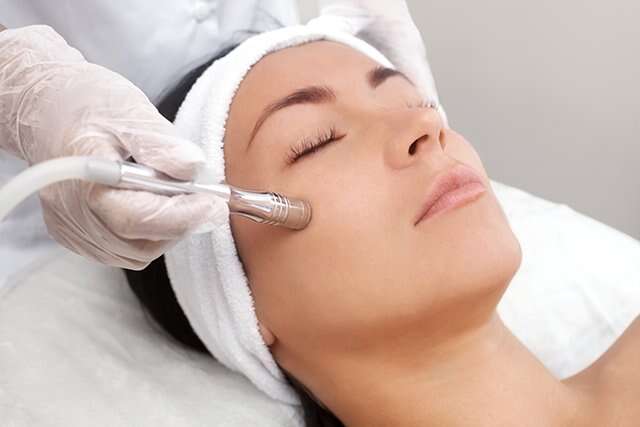
Skin Rejuvenation
Skin rejuvenation involves every procedure you do to make your skin better which also includes professional treatments. Whereas, skin resurfacing is when you remove the top layer of your skin undergoing some clinical treatment like laser therapy, ultherapy etc. You can simply rejuvenate your skin by adding healthy foods to your diet or using nourishing skincare products and opting to topical ingredients like retinol and vitamin C. Injectable fillers are also skin rejuvenation options.
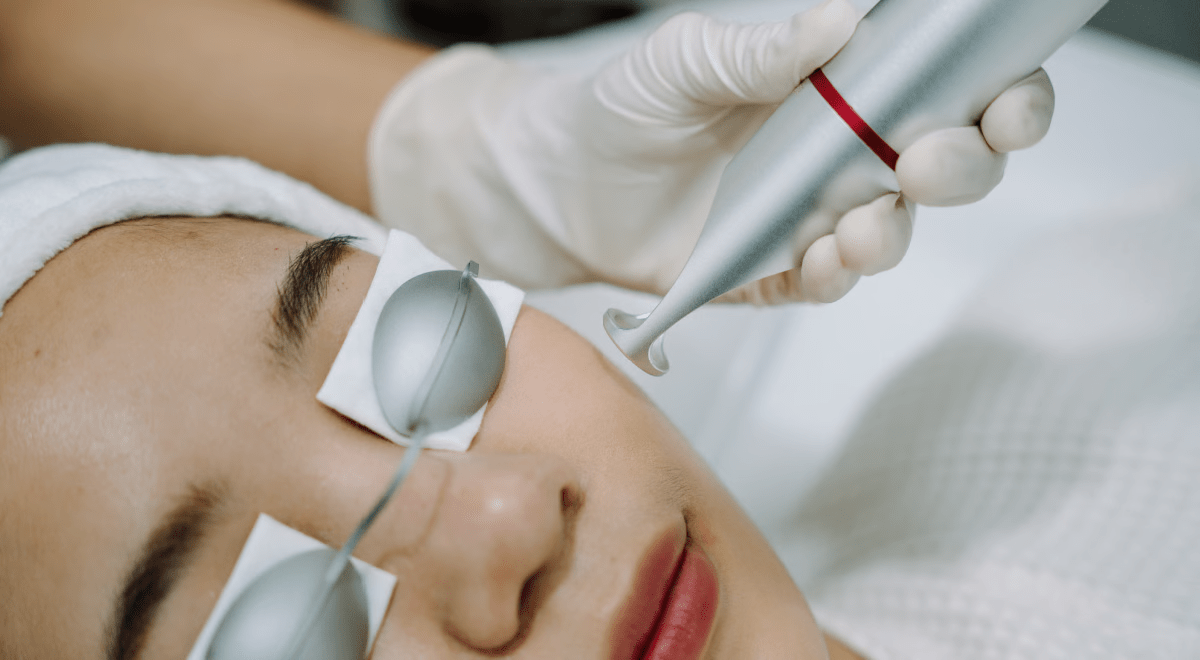
Acne Scar Treatment
Acne scars are stubborn, and no single treatment is best for everyone. One or a combination of the following approaches might improve the appearance of your skin, depending on your scar type, your skin type and the severity of the scarring.
What is The Procedure for Acne Scars Treatment ?- Chemical Peels : Chemical peels can help improve the appearance of mild to moderate acne scars by removing the outer layer of damaged skin. Different types of chemical peels, such as glycolic acid or trichloroacetic acid (TCA) peels, can be used based on the severity of the scars.
- Microdermabrasion : Microdermabrasion involves exfoliating the outer layer of the skin using a handheld device or machine with abrasive crystals. It can help reduce the appearance of shallow acne scars and improve overall skin texture.
- Laser Skin Resurfacing : Laser treatments, such as fractional laser therapy or CO2 laser resurfacing, can effectively target and reduce the appearance of acne scars. These lasers work by removing damaged skin cells and stimulating collagen production, leading to smoother and more even skin texture.
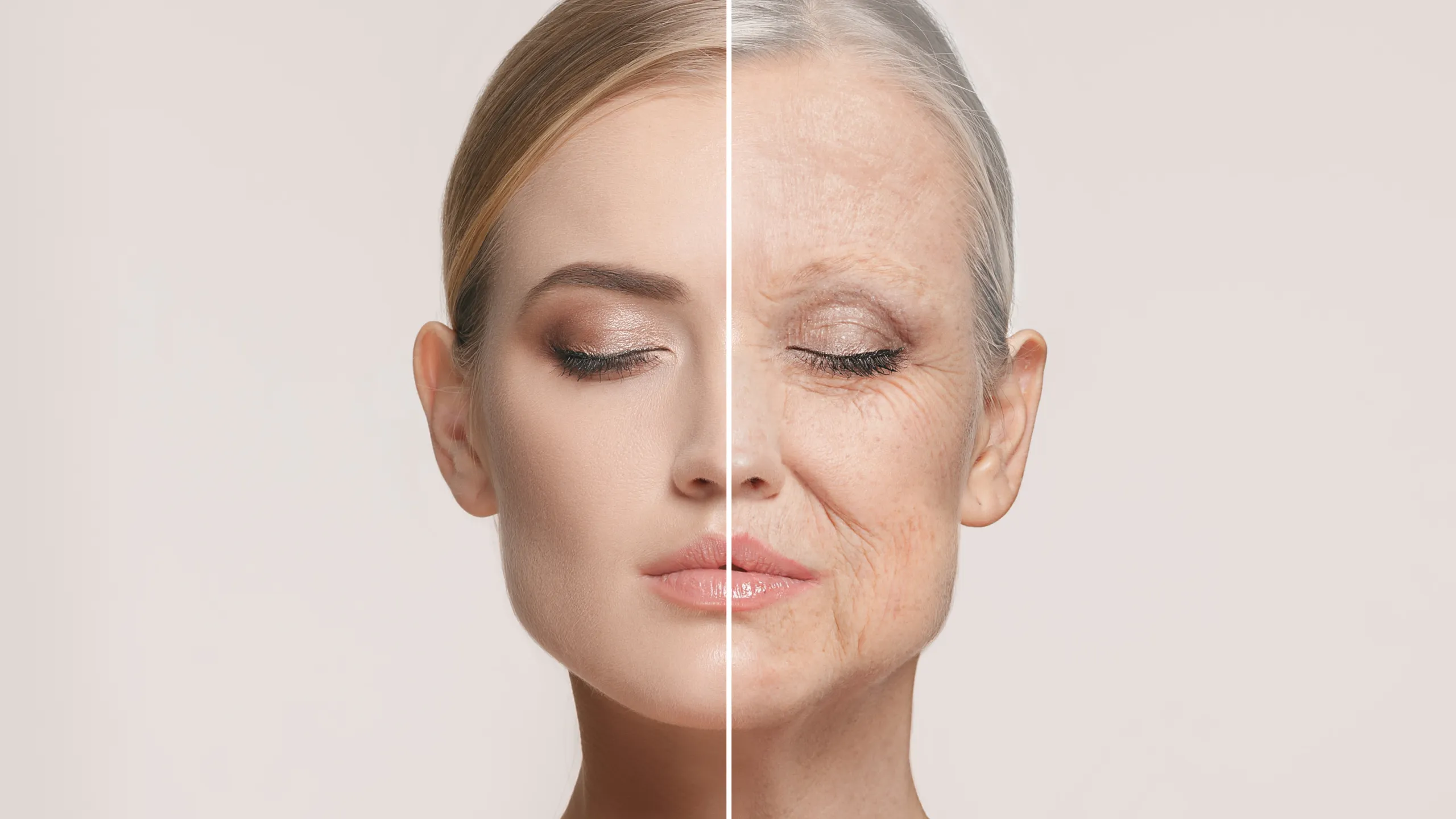
Anti Aging
Anti-aging procedures encompass a variety of treatments and techniques aimed at reducing the visible signs of aging, such as wrinkles, fine lines, sagging skin, and age spots. Here are some common anti-aging procedures.
What is The Procedure for Anti-aging Treatment ?- Botulinum Toxin (Botox) Injections : Botox injections can temporarily relax facial muscles responsible for causing wrinkles, such as frown lines and crow's feet. This helps smooth out wrinkles and prevent new ones from forming.
- Dermal Fillers : Injectable fillers containing hyaluronic acid, collagen, or other substances can be used to add volume to the skin, fill in wrinkles and folds, and restore youthful facial contours.
- Chemical Peels : Chemical peels involve applying a chemical solution to the skin, which causes it to exfoliate and eventually peel off. This process removes dead skin cells, promotes cell turnover, and can improve the appearance of wrinkles, uneven skin tone, and age spots.
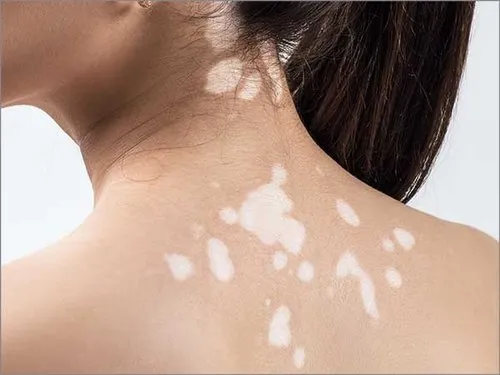
Vitiligo Surgery
Vitiligo surgery refers to a group of surgical procedures aimed at repigmenting areas of skin affected by vitiligo, a condition characterized by the loss of pigment-producing cells (melanocytes), resulting in white patches on the skin. While not all cases of vitiligo require surgical intervention, surgery may be considered for patients with stable vitiligo (no new lesions for at least one year) and localized depigmented patches.
What is The Procedure for Vitiligo Surgery Treatment ?- Autologous Skin Grafting : In this procedure, healthy skin with normal pigment is harvested from one part of the body (usually the thigh, buttocks, or abdomen) and transplanted onto depigmented areas. This technique can be performed using various methods, including punch grafting, suction blister grafting, or split-thickness skin grafting. The transplanted skin contains melanocytes, which can repopulate the depigmented areas and restore pigment.
- Melanocyte Transplantation : IThis advanced technique involves isolating melanocytes from a small piece of normal pigmented skin, typically from the patient's own body. The isolated melanocytes are then cultured in a laboratory and transplanted onto depigmented areas of the skin. This procedure is more precise than skin grafting and can result in more natural-looking repigmentation.
- Non-cultured Epidermal Cell Suspension (NCES) Transplantation : In this method, a small piece of healthy skin is taken from the patient and processed to isolate epidermal cells containing melanocytes. The isolated cells are then suspended in a solution and sprayed or applied onto depigmented areas of the skin. This technique allows for a larger area of repigmentation compared to traditional grafting methods.
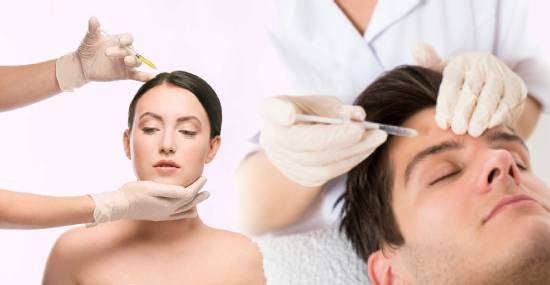
PRP Treatment (Hair/Skin)
Platelet-Rich Plasma (PRP) treatment has gained popularity for both hair and skin rejuvenation. Here's a breakdown of how PRP is used in each
What is The Procedure for Vitiligo Surgery Treatment ?-
PRP for Hair Loss
- Preparation: A small amount of the patient's blood is drawn, typically from the arm, and placed into a centrifuge. The centrifuge spins the blood at high speeds, separating the platelet-rich plasma from other components of the blood.
- Injection: Once the PRP is prepared, it is injected directly into the scalp in areas where hair loss is occurring. This can be done using a fine needle and typically involves multiple injections across the affected areas.
- Stimulation of Hair Growth: PRP contains growth factors and other proteins that can stimulate hair follicles, promote hair growth, and improve hair thickness and density. It can also help prolong the growth phase of the hair cycle.
-
PRP for Skin
- Preparation: Similar to PRP for hair loss, a small amount of blood is drawn from the patient and processed in a centrifuge to separate the platelet-rich plasma.
- Microneedling or Injection: PRP can be applied to the skin in combination with microneedling, where tiny needles create micro-injuries in the skin, allowing for better absorption of the PRP. Alternatively, PRP can be injected directly into specific areas of the skin.
- Stimulation of Collagen Production: PRP contains growth factors that can stimulate collagen production, improve skin texture, and enhance overall skin tone and elasticity. It can also help reduce the appearance of fine lines, wrinkles, and acne scars.
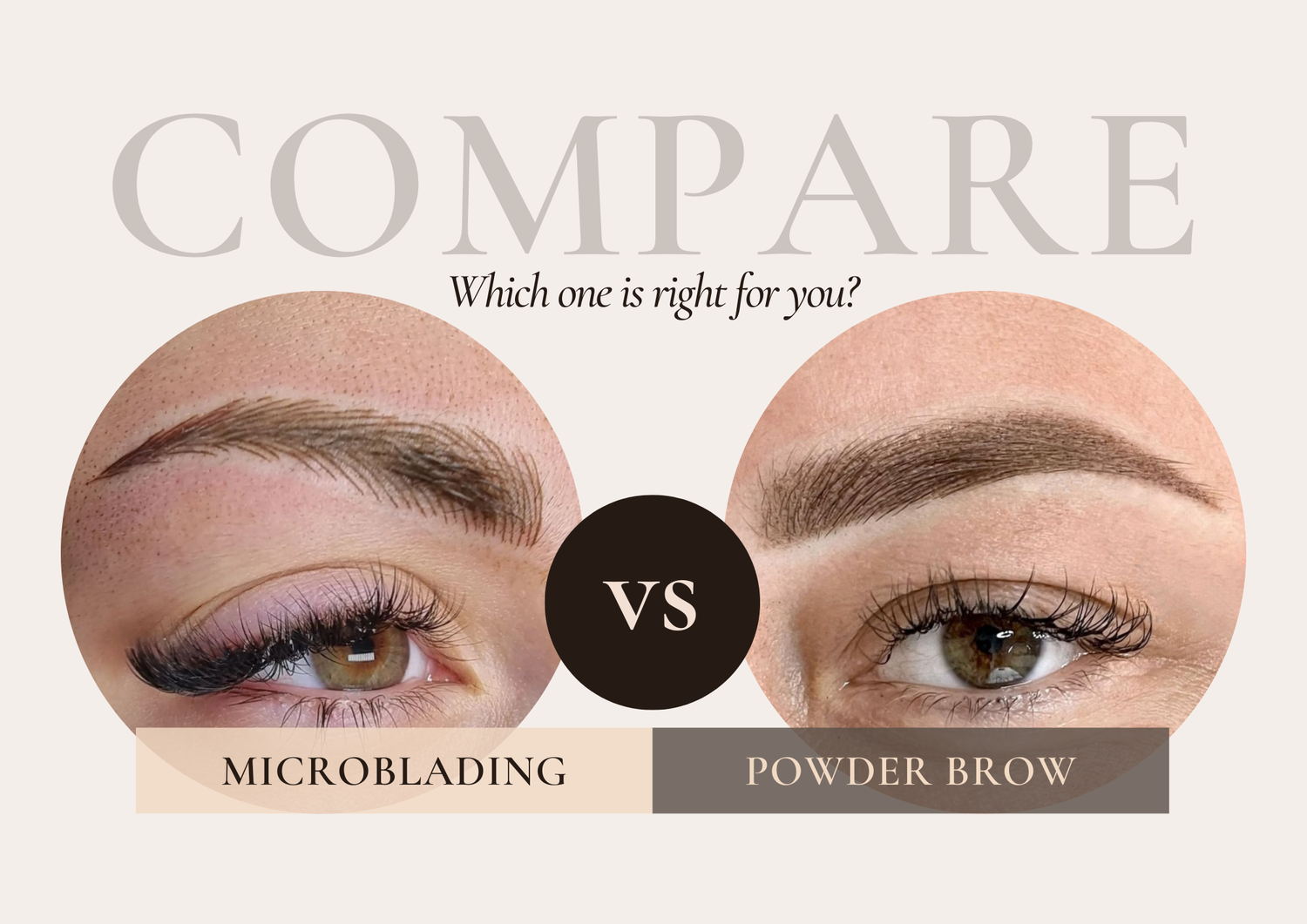
Microblading / Powder Brows
Microblading and powder brows are both semi-permanent cosmetic procedures used to enhance the appearance of eyebrows. Here's how they differ:
What is The Procedure for Microblading / Powder Brows Treatment ?-
Microblading:
- Technique: Microblading is a manual tattooing technique that uses a handheld tool with tiny needles to create fine, hair-like strokes on the skin. These strokes mimic the natural appearance of eyebrow hairs.
- Results: Microblading creates a natural-looking, feathery brow effect, similar to natural eyebrow hairs. It's ideal for individuals who want to fill in sparse areas, redefine the shape of their eyebrows, or add symmetry.
- Suitability: Microblading is suitable for individuals with normal to dry skin types. It may not be recommended for oily or sensitive skin due to the risk of pigment retention or irritation.
- Maintenance: Microblading typically requires touch-up sessions every 12-18 months to maintain the desired shape and color of the brows. The longevity of the results depends on various factors, including skin type, lifestyle, and aftercare.
-
Powder Brows:
- Technique: Powder brows, also known as ombre brows, involve depositing pigment into the skin using a tattoo machine with a needle configuration specifically designed for shading. The technique creates a soft, powdered effect that resembles the look of makeup or a filled-in brow.
- Results: Powder brows result in a more defined and filled-in appearance compared to microblading. The technique is versatile and can achieve various styles, from soft and natural to bold and defined brows.
- Suitability: Powder brows are suitable for individuals with all skin types, including oily skin, as the technique deposits pigment into the upper layers of the skin without creating fine incisions like microblading.
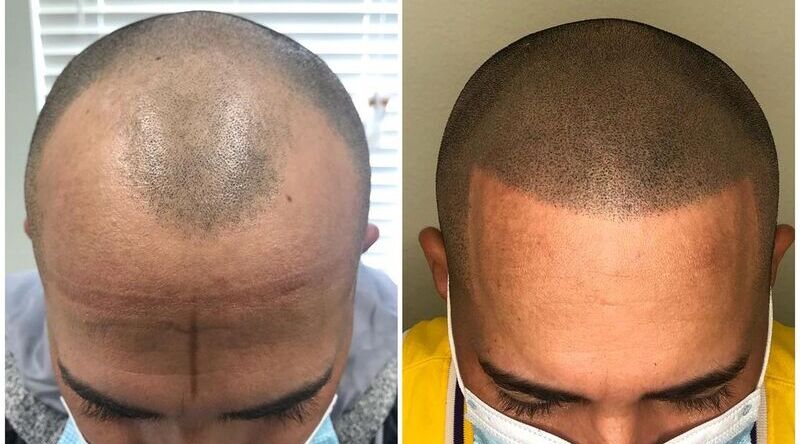
Micropigmentation
Micropigmentation, also known as cosmetic tattooing or permanent makeup, is a cosmetic procedure that involves implanting pigments into the skin to enhance facial features or correct imperfections. Here's an overview of micropigmentation:
What is The Procedure for Microblading / Powder Brows Treatment ?- Procedure: During micropigmentation, a specialized tattooing device is used to deposit pigment into the upper layers of the skin. The procedure is similar to traditional tattooing but uses finer needles and techniques tailored for cosmetic purposes.
- Applications: Micropigmentation can be used to enhance various facial features, including eyebrows, eyelids, lips, and the areola/nipple area. Common applications include eyebrow microblading, eyeliner tattooing, lip blush tattooing, and areola pigmentation for breast reconstruction patients.
- Eyebrow Micropigmentation: Eyebrow micropigmentation, often referred to as microblading or powder brows, involves creating natural-looking hair strokes or a soft, powdered effect to fill in sparse eyebrows, redefine their shape, or add symmetry.
- Eyeliner Micropigmentation: Eyeliner tattooing is used to enhance the appearance of the eyes by defining the lash line, creating a subtle or bold eyeliner look, or correcting asymmetry. It can save time on daily makeup application and is especially popular among individuals with allergies to conventional makeup.
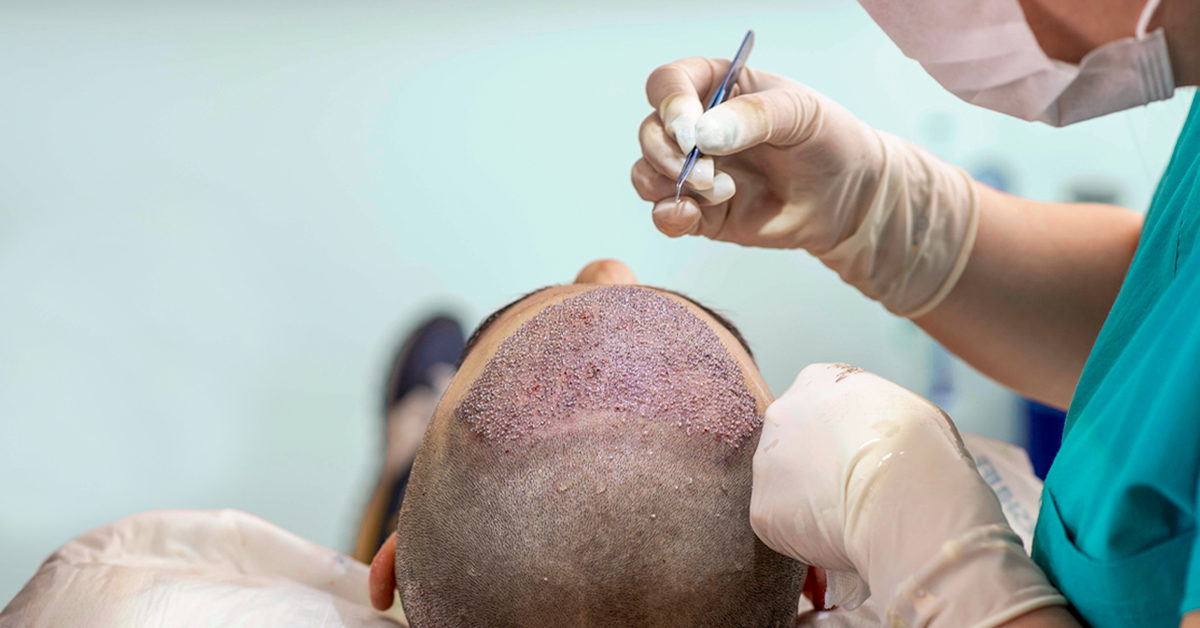
Hair Transplantation
Hair transplantation is a surgical procedure that involves transplanting hair follicles from one part of the scalp (the donor site) to areas experiencing hair loss or thinning (the recipient site). Here's an overview of the hair transplantation process:
What is The Procedure for Microblading / Powder Brows Treatment ?- Consultation: The process typically begins with a consultation with a qualified hair transplant surgeon. During the consultation, the surgeon assesses the patient's hair loss pattern, scalp condition, and donor hair availability. They also discuss the patient's goals, expectations, and suitability for hair transplantation.
- Donor Site Selection: The donor site is usually located on the back or sides of the scalp, where hair follicles are genetically resistant to the hormone dihydrotestosterone (DHT), which is responsible for male and female pattern baldness. These follicles are harvested as grafts for transplantation.
- Hair Follicle Harvesting: There are two main methods of hair follicle harvesting:a. Follicular Unit Transplantation (FUT): Also known as the strip method, FUT involves removing a thin strip of scalp tissue from the donor area, typically from the back of the head. The strip is then dissected under a microscope to separate individual hair follicles for transplantation.b. Follicular Unit Extraction (FUE): FUE involves harvesting individual hair follicles directly from the donor area using a small, circular punch tool. This method leaves tiny, dot-like scars scattered across the donor area, which are less noticeable than the linear scar from FUT.


